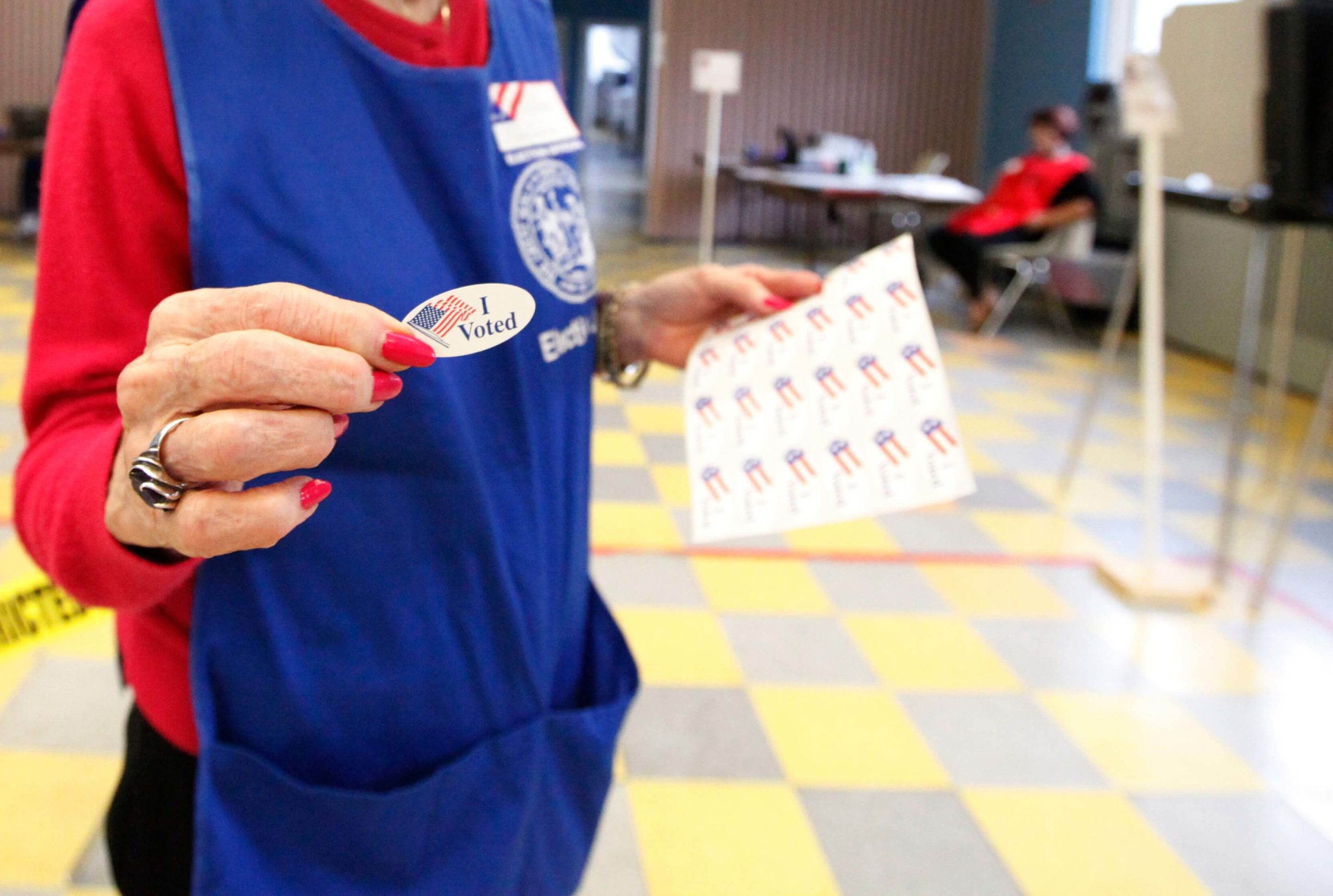Political Data: How Accurate is Your Mailing List?
By Paul Bobnak | May 22, 2018

Data has been a critical element in political direct mail for decades. Long before Cambridge Analytica generated controversy due to how it created voter profiles, campaigns and political parties relied on lists to reach voters as an election neared. It has helped political campaigns to introduce candidates, raise money, reinforce their messaging, and provide the final call-to-action right before election day.
While postal costs may continue to rise, you can get the most value from an investment in print and direct mail by paying close attention to how you use your data.
Rent the Right Lists
Voter outreach with direct mail begins with lists of registered voters, which can be obtained both from government sources as well as list providers. Generally, the information includes address and party affiliation. But – as noted – this is only a starting point.
List brokers can supplement this information with all kinds of additional data sets, usually from third parties, to segment voters by income, education, and other criteria. They can also supply lists of donors from second party sources, like political parties, PACs, special interest groups, as well as issue- or lifestyle-specific compiled lists.
The value of mailing lists from fundraisers is that they prove that some people can be motivated to give money to support a cause, ideology, candidate, or party. The challenge for the list renter is to craft their own message that engages the recipient, and results in a donation and/or vote.
Target Your Best Segments
You can segment your political database to mail to groups of voters who are likely to care more about some issues than other ones. Whether you tailor your targeting based on geography, age, income level, etc., a regular direct mail outreach series can introduce and reinforce your campaign’s messaging on those issues, as well as provide a contrast to the opposition.
That’s the most important thing about get-out-the-vote efforts: hitting the sweet spot or pain point that drives your core voters, as well as the less-enthused, to go to the polls.
Personalize Your Approach
The use of commercial and traditional data as well as surveys, when combined with political data, is allowing greater use of predictive modeling of voters. Individuals who are likely to vote on a specific issue can be pinpointed with a greater degree of accuracy than ever before using direct mail.
Political Direct Mail Data Tips
- Look at your campaign’s Intelligent Mail barcode data to see how your mailings are progressing through the postal delivery system, then synchronize them with other campaign efforts, like local TV spots and door-to-door canvassing.
- Because 40 million Americans move every year, mailings lists should be run against the National Change of Address (NCOA) database to verify their accuracy.
- With Variable Data Printing (VDP), leverage information you have on some of your voters to provide directions to their polling place, updates on specific issues, and more.
- A strong relationship with USPS -such as a nearby Business Mail Entry Unit or an in-house verification will go a long way in preventing any headaches because of design or mailing questions.
- Using or adding an envelope converting or printing capability rather than outsourcing will likely shave several days from the timeline of your print job and get it to USPS mail delivery time faster.
- Review USPS regional performance reports each quarter, and raise any issues with local officials as well as Postal Customer Council (PCC) representatives.
Wrapping it up
At mailing.com, we have the political direct mail expertise to be part of your winning campaign team. Call or reach out to us to get started on the road to political campaign success.


